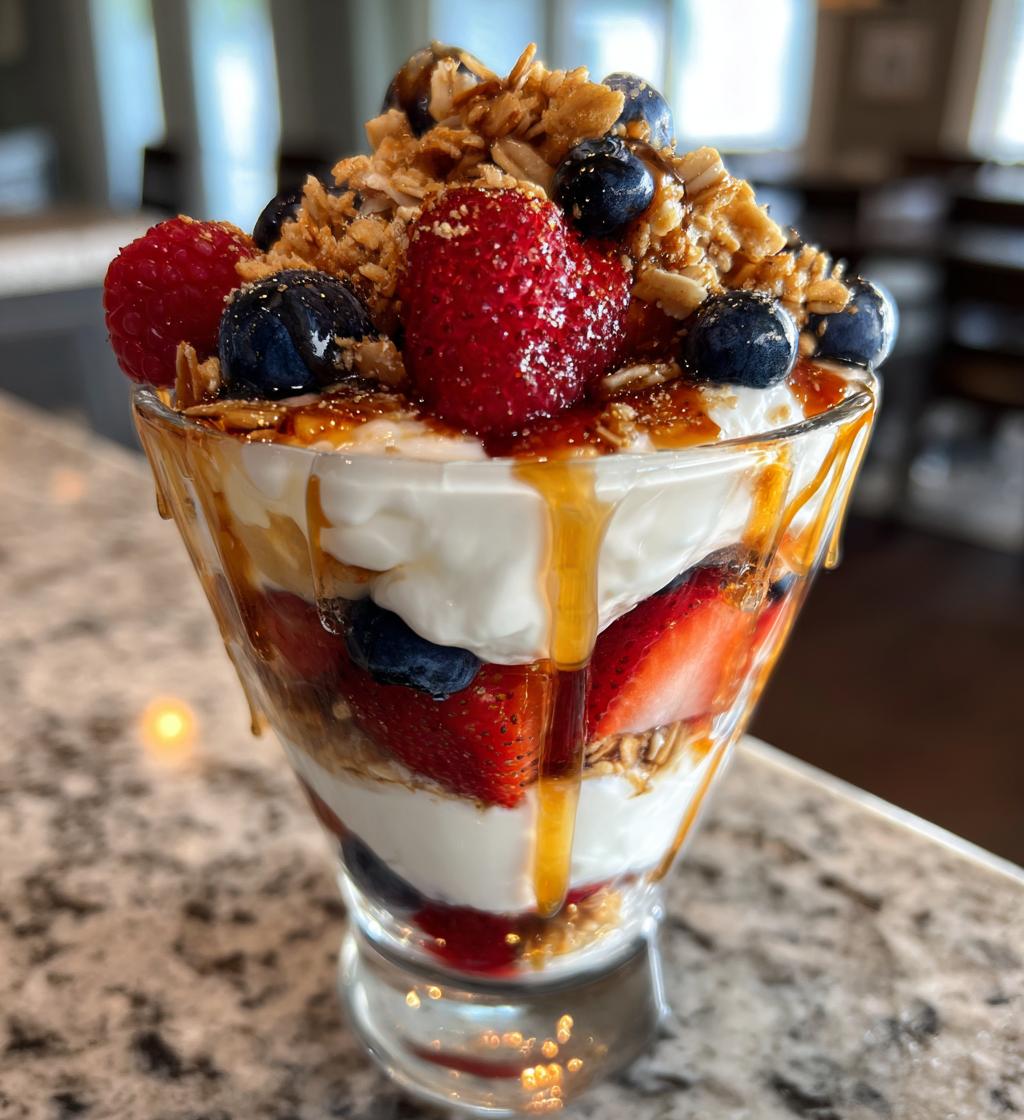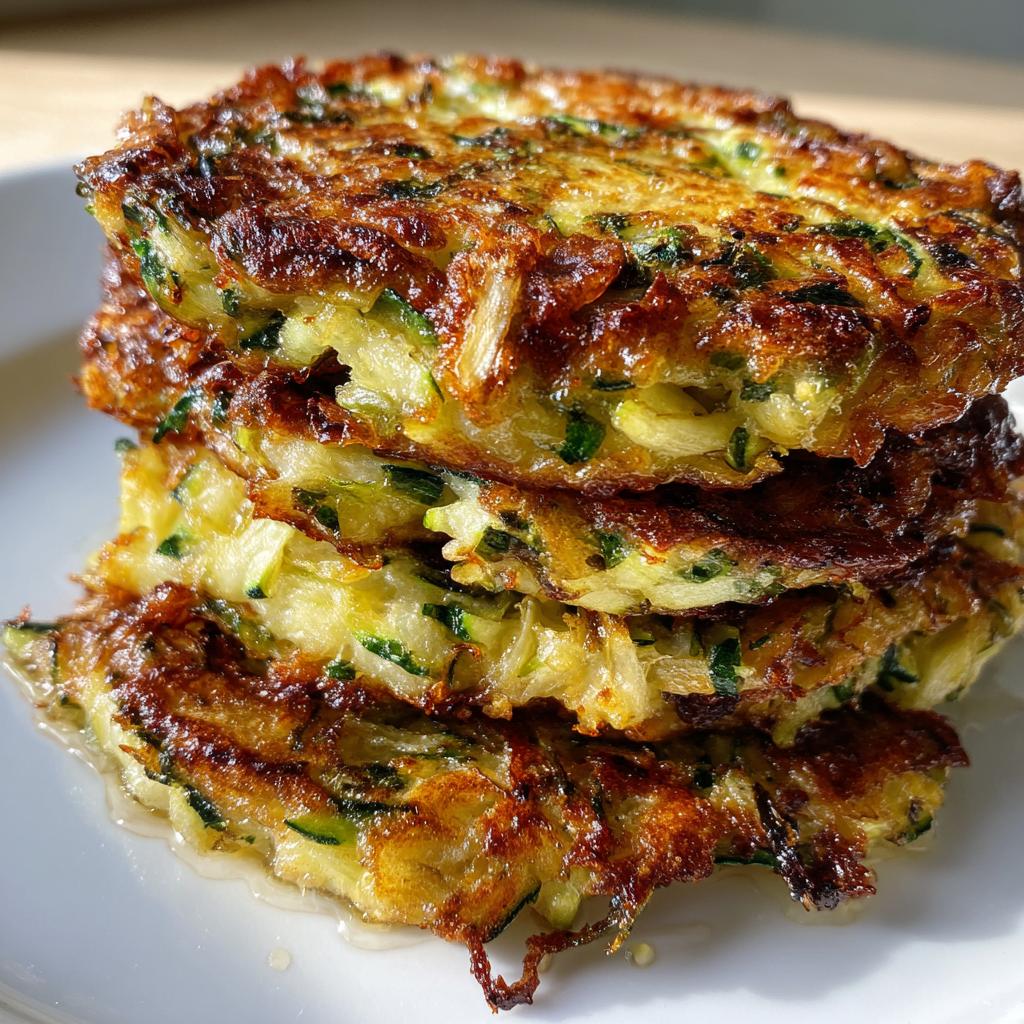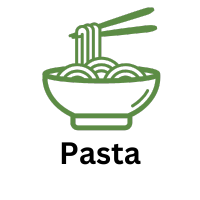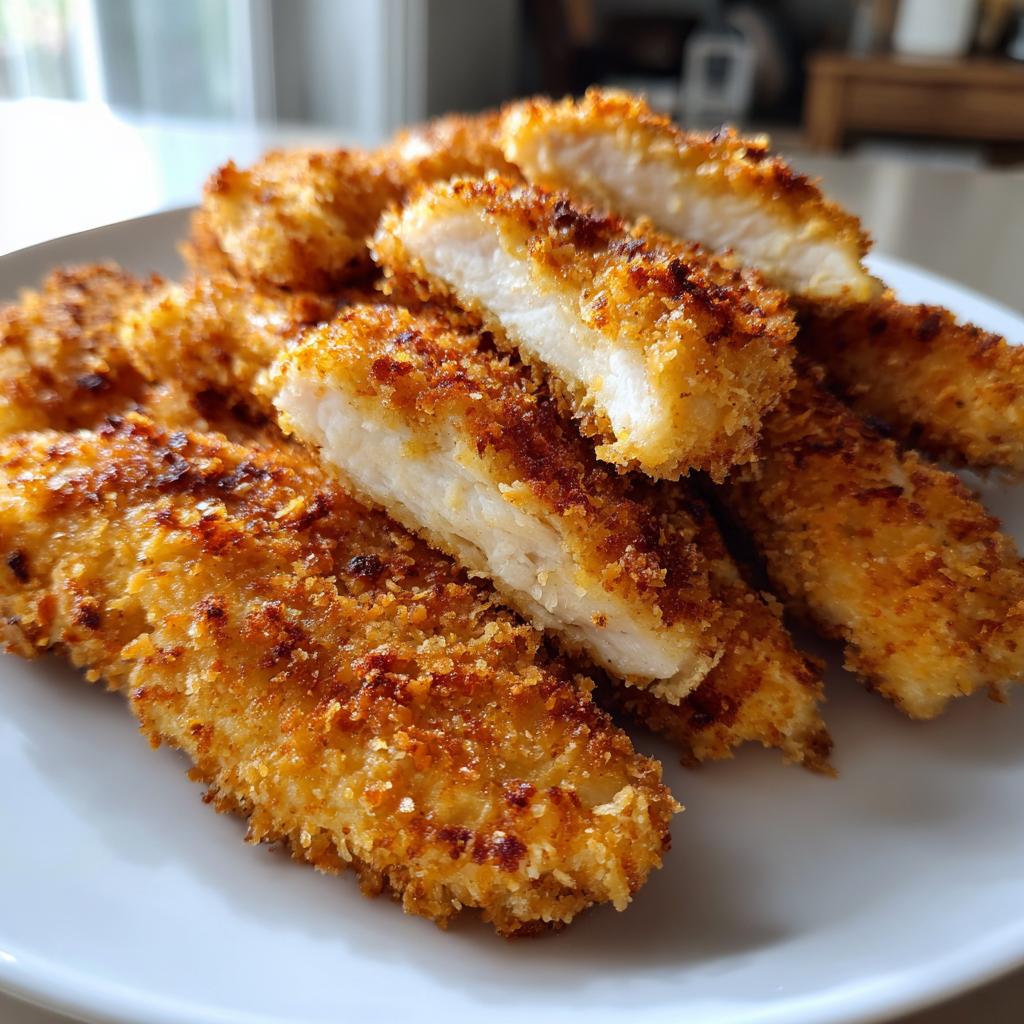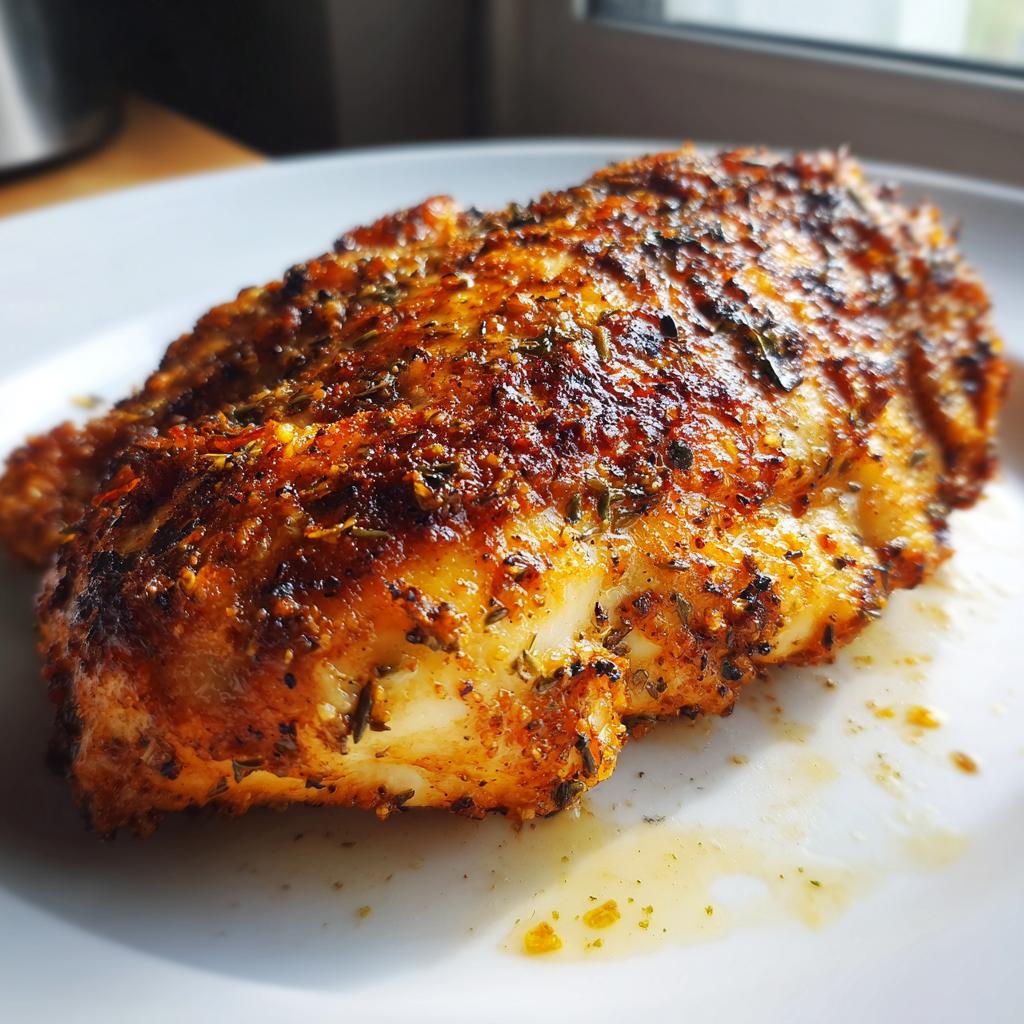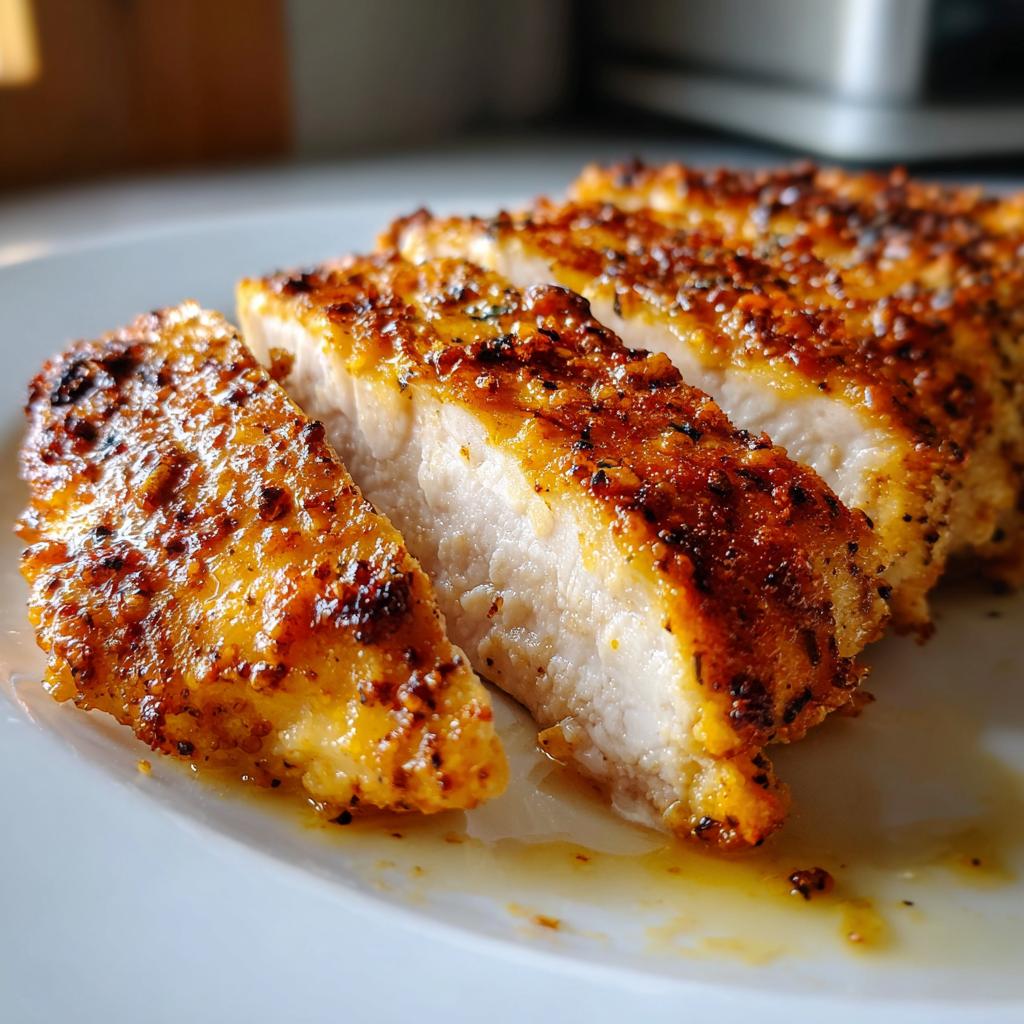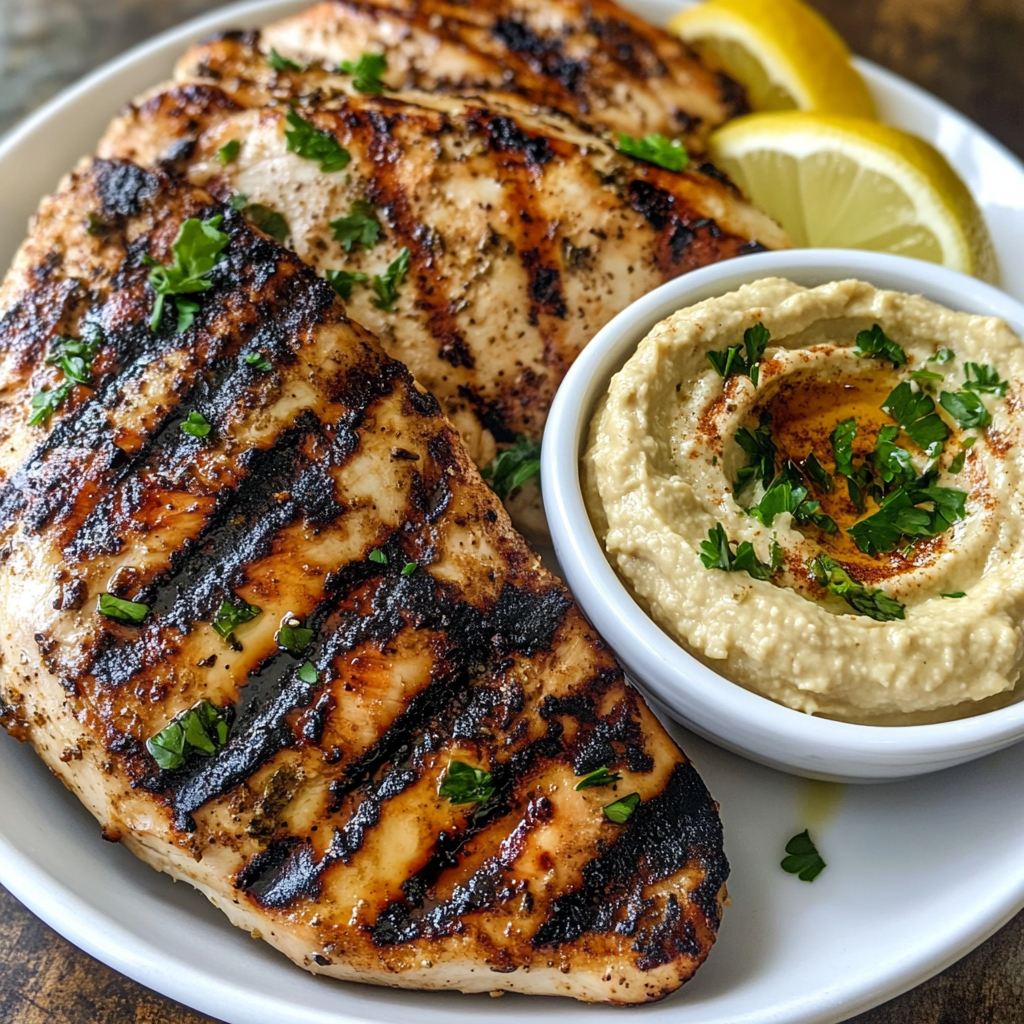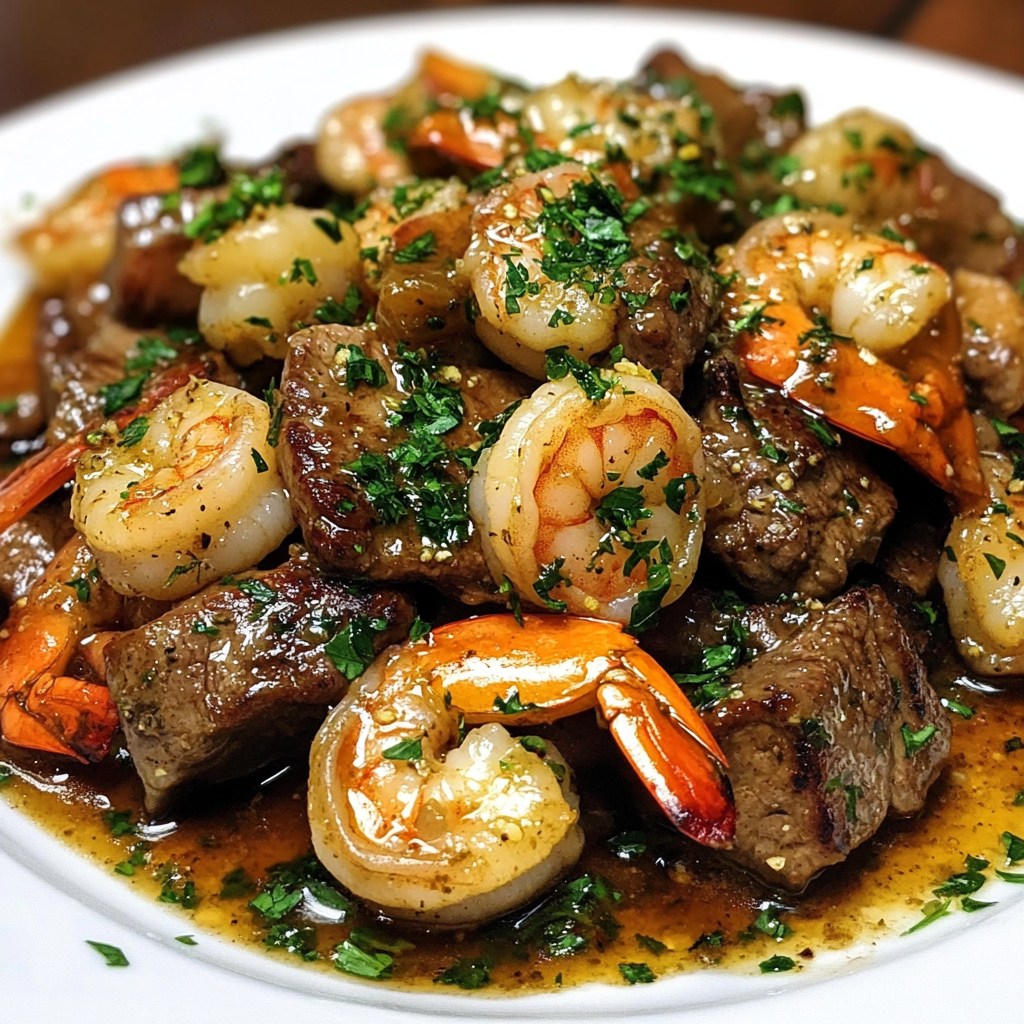Poached eggs are a delightful addition to any meal. They are not only delicious but also packed with nutrients. When cooked correctly, the whites are tender, and the yolks are rich and runny. This makes them a favorite for breakfast, brunch, or even dinner. Whether you enjoy them on toast, in salads, or as part of a classic Eggs Benedict, mastering the art of poaching eggs can elevate your culinary skills.
Ingredients for Perfect Poached Eggs
To create perfect poached eggs, you need just a few simple ingredients. Each one plays a vital role in achieving that delightful texture and flavor. Here’s what you’ll need:
- Large Eggs: 4 large eggs are ideal for poaching. Fresh eggs work best, as they hold their shape better in the water.
- Water: Enough to fill a medium-sized saucepan, about 4-6 cups. The water should be deep enough to allow the eggs to float freely.
- Salt: A pinch of salt is optional. It can enhance the flavor of the eggs, but it’s not necessary.
- Vinegar: 1 tablespoon of vinegar is optional. It helps the egg whites coagulate quickly, resulting in a neater poached egg.
These ingredients are easy to find and often already in your kitchen. Using fresh eggs is crucial for the best results. They will give you that perfect poached egg with a lovely runny yolk. Now that you have your ingredients ready, let’s move on to the tools you’ll need for this cooking adventure!
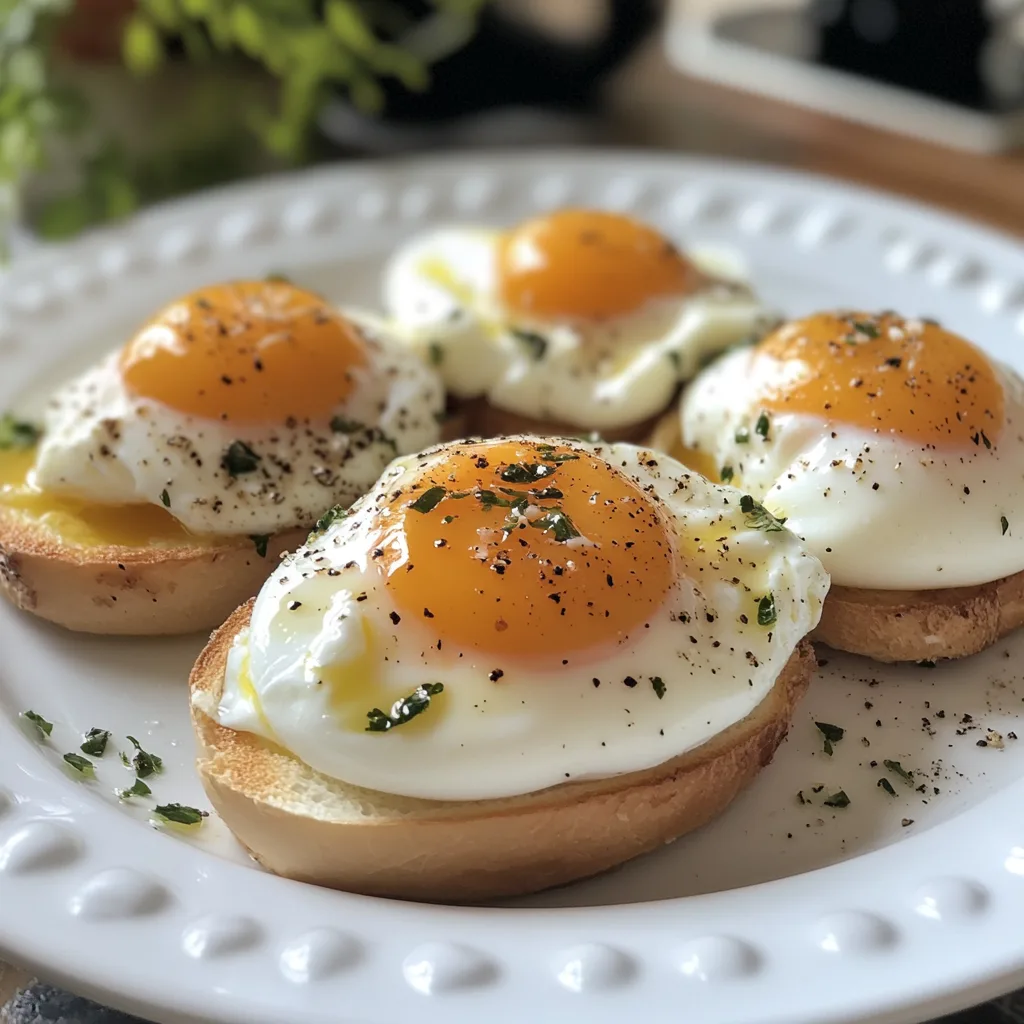
Tools Needed for Perfect Poached Eggs
To achieve perfect poached eggs, having the right tools is essential. While the ingredients are important, the tools you use can make the process smoother and more enjoyable. Here’s a list of the must-have tools for poaching eggs:
- Medium-Sized Saucepan: A good-quality saucepan is crucial. It should be deep enough to hold at least 4-6 cups of water, allowing the eggs to float freely.
- Slotted Spoon: This handy tool is perfect for removing the poached eggs from the water. The slots allow excess water to drain off, keeping your eggs neat.
- Small Bowls or Ramekins: Use these to crack your eggs before adding them to the water. This helps prevent broken yolks and makes it easier to slide the eggs in gently.
- Cooking Thermometer (Optional): If you want to be precise, a cooking thermometer can help you monitor the water temperature. Aim for around 180°F (82°C) for the best poaching results.
- Whisk or Spoon: A whisk or spoon is useful for creating a whirlpool in the water, which can help the egg whites wrap around the yolk for a more uniform shape.
With these tools in hand, you’ll be well-equipped to create your perfect poached eggs. Each tool plays a role in ensuring that your eggs cook evenly and come out looking beautiful. Now that you have your tools ready, let’s dive into the step-by-step preparation process!
Step-by-Step Preparation of Perfect Poached Eggs
Now that you have your ingredients and tools ready, it’s time to dive into the step-by-step preparation of perfect poached eggs. Follow these simple steps to ensure your eggs turn out beautifully every time. Let’s get started!
Step 1: Prepare the Water for Perfect Poached Eggs
First, fill a medium-sized saucepan with enough water to cover the eggs. Aim for about 4-6 cups. Place the saucepan on the stove over medium heat. You want to bring the water to a gentle simmer. Look for small bubbles forming at the bottom, but avoid a rolling boil. Too much movement can break the eggs apart.
Step 2: Add Vinegar for Perfect Poached Eggs (Optional)
If you choose to use vinegar, now is the time to add it. Pour in 1 tablespoon of vinegar into the simmering water. This step is optional, but it helps the egg whites coagulate faster. As a result, you’ll get a neater poached egg with less spreading in the water.
Step 3: Crack the Eggs for Perfect Poached Eggs
Next, take each egg and crack it into a small bowl or ramekin. This method allows you to check for any shell pieces and ensures that the yolk remains intact. It also makes it easier to slide the eggs gently into the water without breaking them.
Step 4: Create a Whirlpool for Perfect Poached Eggs (Optional)
If you want to try a fun technique, use a spoon to stir the simmering water in a circular motion. This creates a gentle whirlpool. When you add the egg into the center, the swirling water helps the egg white wrap around the yolk. This can lead to a more uniform shape, making your poached eggs look even more appealing.
Step 5: Poach the Eggs to Perfection
Now it’s time to poach the eggs! Carefully slide one egg at a time into the center of the whirlpool or directly into the simmering water. Allow the eggs to cook undisturbed. For a runny yolk, cook for about 3-4 minutes. If you prefer a firmer yolk, let them cook for 5-6 minutes. Keep an eye on the time to achieve your desired doneness!
Step 6: Remove the Eggs from Water
Once your eggs are cooked to perfection, it’s time to remove them from the water. Use a slotted spoon to gently lift each poached egg out. This tool allows any excess water to drain off, keeping your eggs neat and tidy. Be careful not to break the yolk while lifting them out!
Step 7: Season and Serve Your Perfect Poached Eggs
Finally, it’s time to enjoy your perfect poached eggs! Place them on a plate and season with a pinch of salt, if desired. You can serve them immediately on toast, with avocado, or as part of a fresh salad. The options are endless! Enjoy the delightful taste and texture of your homemade poached eggs!

Serving Suggestions for Perfect Poached Eggs
Now that you’ve mastered the art of poaching eggs, it’s time to explore some delicious serving suggestions. Perfect poached eggs can elevate any meal, adding flavor and elegance. Here are some creative ways to enjoy your perfectly poached eggs!
Creative Ways to Enjoy Perfect Poached Eggs
There are countless ways to serve your perfect poached eggs. Here are a few ideas to inspire your culinary creativity:
- Classic Avocado Toast: Spread ripe avocado on toasted bread and top it with a poached egg. Sprinkle with salt, pepper, and a dash of red pepper flakes for a tasty breakfast.
- Eggs Benedict: For a brunch favorite, place a poached egg on a toasted English muffin with Canadian bacon. Drizzle with rich hollandaise sauce for a luxurious treat.
- Salads: Add poached eggs to your favorite salad for a protein boost. They pair wonderfully with greens, tomatoes, and a light vinaigrette.
- Grain Bowls: Create a hearty grain bowl with quinoa or brown rice, topped with sautéed vegetables and a poached egg. Drizzle with your favorite sauce for extra flavor.
- Soups: Enhance a bowl of soup, like ramen or minestrone, by adding a poached egg. The runny yolk adds richness to the broth.
- Toast Variations: Experiment with different types of bread, such as sourdough or rye. Top with poached eggs and ingredients like smoked salmon, spinach, or feta cheese.
These serving suggestions are just the beginning! Feel free to mix and match ingredients to create your own unique dishes. The beauty of perfect poached eggs is their versatility, making them a delightful addition to any meal. Enjoy experimenting with flavors and textures!
Tips for Achieving Perfect Poached Eggs
Creating perfect poached eggs can be a bit tricky, but with the right tips and techniques, you can master this culinary skill. Here are some best practices to help you achieve poached eggs that are consistently delicious and visually appealing.
Best Practices for Perfect Poached Eggs
To ensure your poached eggs turn out perfectly every time, consider the following tips:
- Use Fresh Eggs: Fresh eggs are key to achieving the best results. They hold their shape better in the water, resulting in a neater poached egg. Check the sell-by date and choose eggs that are as fresh as possible.
- Temperature Matters: The water should be at a gentle simmer, not boiling. Boiling water can break apart the eggs, leading to a messy result. Aim for a temperature around 180°F (82°C) for optimal poaching.
- Don’t Overcrowd the Pan: If you’re poaching multiple eggs, do them in batches. Overcrowding can cause the eggs to stick together or cook unevenly. Give each egg enough space to float freely.
- Use a Slotted Spoon: When removing the eggs from the water, a slotted spoon is your best friend. It allows excess water to drain off, keeping your eggs neat and tidy for serving.
- Practice Timing: Timing is crucial for achieving your desired yolk consistency. For a runny yolk, aim for 3-4 minutes of cooking time. For a firmer yolk, extend the cooking time to 5-6 minutes. Use a timer to help you keep track.
- Experiment with Vinegar: While vinegar is optional, it can help the egg whites coagulate faster. If you’re having trouble with spreading, try adding vinegar to the water for a neater result.
- Serve Immediately: Poached eggs are best enjoyed fresh. Serve them right after cooking to maintain their perfect texture. If you need to hold them for a short time, place them in warm water until ready to serve.
By following these best practices, you’ll be well on your way to creating perfect poached eggs that impress your family and friends. Remember, practice makes perfect, so don’t be discouraged if your first attempts aren’t flawless. Keep trying, and soon you’ll be a poaching pro!
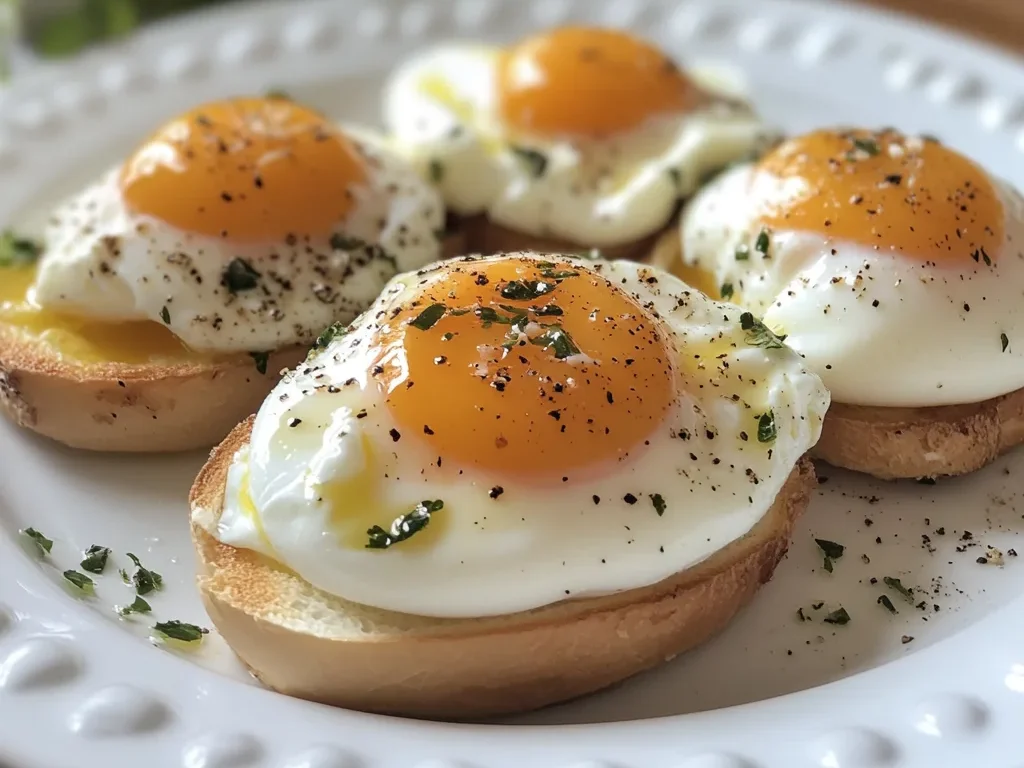
FAQs About Perfect Poached Eggs
As you embark on your journey to master perfect poached eggs, you may have some questions. Here are some frequently asked questions that can help clarify the poaching process and ensure your success in the kitchen.
How long should I poach eggs for a runny yolk?
For a deliciously runny yolk, poach your eggs for about 3 to 4 minutes. This timing allows the whites to set while keeping the yolk soft and creamy. If you prefer a slightly firmer yolk, you can extend the cooking time to around 5 minutes. Remember, timing is key, so keep an eye on the clock!
Can I poach multiple eggs at once?
Yes, you can poach multiple eggs at once! However, it’s best to do them in batches to avoid overcrowding the pan. Overcrowding can lead to uneven cooking and sticking. If you have a large enough saucepan, you can poach up to four eggs at a time. Just make sure they have enough space to float freely in the water.
What type of vinegar is best for poaching eggs?
When it comes to poaching eggs, white vinegar is the most commonly used type. It has a mild flavor that won’t overpower the eggs. Apple cider vinegar is another good option, as it adds a subtle sweetness. Avoid using strong-flavored vinegars, as they can alter the taste of your poached eggs. A tablespoon is usually enough to help the egg whites coagulate nicely.
How do I know when my poached eggs are done?
To check if your poached eggs are done, look for the following signs: the whites should be set and opaque, while the yolk should still jiggle slightly when you gently shake the egg. If you prefer a firmer yolk, you can use a spoon to gently poke the egg. If it feels soft but not runny, it’s likely done. Remember, practice makes perfect, so don’t hesitate to experiment with timing to find your ideal doneness!
With these FAQs answered, you’re now equipped with the knowledge to create perfect poached eggs. Enjoy the process, and don’t forget to have fun in the kitchen!
Conclusion: Mastering Perfect Poached Eggs
Congratulations! You’ve now learned the art of creating perfect poached eggs. With the right ingredients, tools, and techniques, you can enjoy this delicious dish any time you like. Poached eggs are not only a healthy option but also a versatile ingredient that can enhance a variety of meals.
Print
Perfect Poached Eggs: A Simple Guide to Success
- Total Time: 10-12 minutes
- Yield: 4 poached eggs
- Diet: Gluten Free
Description
A comprehensive guide to creating perfect poached eggs, detailing ingredients, tools, and step-by-step instructions.
Ingredients
- Large Eggs: 4 large eggs
- Water: 4-6 cups
- Salt: A pinch (optional)
- Vinegar: 1 tablespoon (optional)
Instructions
- Prepare the water by filling a medium-sized saucepan with 4-6 cups of water and bring it to a gentle simmer.
- Add vinegar to the simmering water (optional).
- Crack each egg into a small bowl or ramekin.
- Create a whirlpool in the water (optional).
- Carefully slide the eggs into the water and poach for 3-4 minutes for a runny yolk or 5-6 minutes for a firmer yolk.
- Remove the eggs using a slotted spoon.
- Season and serve the poached eggs as desired.
Notes
- Use fresh eggs for the best results.
- Avoid boiling water to prevent breaking the eggs.
- Don’t overcrowd the pan when poaching multiple eggs.
- Serve immediately for the best texture.
- Prep Time: 5 minutes
- Cook Time: 5-6 minutes
- Category: Breakfast
- Method: Poaching
- Cuisine: Various
Nutrition
- Serving Size: 1 poached egg
- Calories: 70
- Sugar: 0g
- Sodium: 70mg
- Fat: 5g
- Saturated Fat: 1.5g
- Unsaturated Fat: 3g
- Trans Fat: 0g
- Carbohydrates: 1g
- Fiber: 0g
- Protein: 6g
- Cholesterol: 186mg
Keywords: poached eggs, breakfast, cooking, eggs, healthy recipes


